I drink a lot of Pepsi Max. A slab of 30 cans has been known to disappear within a week. That’s upward of four 375ml cans a day of sugar-free cola. Not enough to end up on My Strange Addiction but enough to concern friends.
“Those things will kill you,” they tell me.
To be clear, there’s no evidence that Pepsi Max will kill anybody. Breathe easy, PepsiCo.
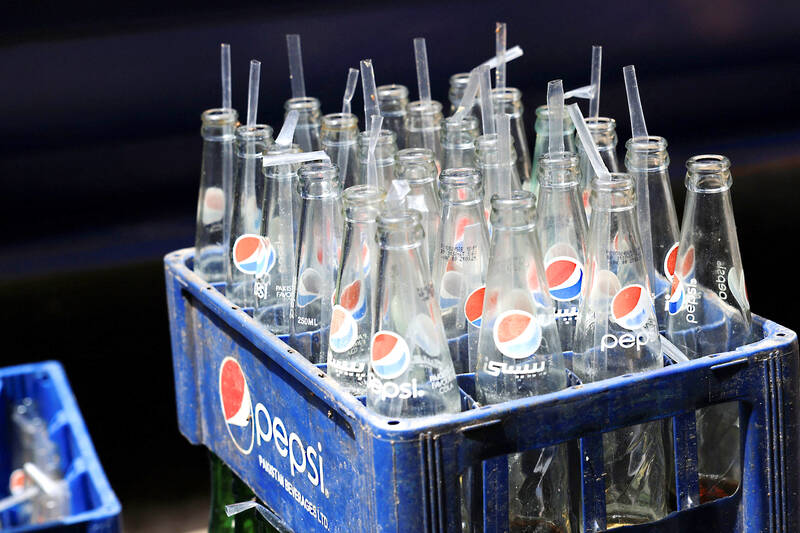
Photo: Reuters
But in 2023 artificially sweetened products like Pepsi Max were briefly the subject of panicked headlines after the WHO classified aspartame — the artificial sweetener in every bottle and can — as a possible cancer-causing agent, in the same category as gasoline exhaust and lead.
That freaked some people out but the truth is we don’t really have good evidence about the effect of aspartame on the body. Studies have not been able to find strong, consistent links between the sweetener and cancer. Four cans a day is probably fine but it’s worth re-evaluating my strange compulsion for Pepsi Max, all the same.
So now I have 66 days to get off the stuff. That number is pulled from a 2009 study on habit formation led by Phillippa Lally, out of University College London. Sixty-six days is often quoted as the average time it takes to form a new habit — but that’s not the message Lally hoped to get across in the paper.
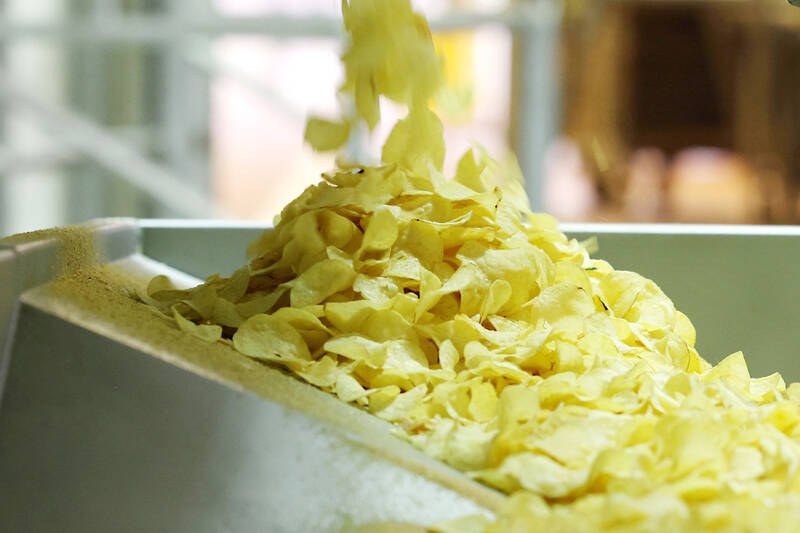
Photo: Reuters
“How long does it take to form a habit? It’s highly variable,” she says. “We don’t really know yet.”
My experiment is about habit disruption. I’m not forming a new one. I’m trying to break an old one. So on Sept. 24 I empty the fridge of Pepsi Max. The next day my abstinence odyssey begins.
Quick ground rules: I’m not going to drink any sugar-free soda that contains artificial sweeteners. That seems like a reasonable way to do this. If I simply replaced Pepsi Max with Coke Zero, would I be achieving anything? No.
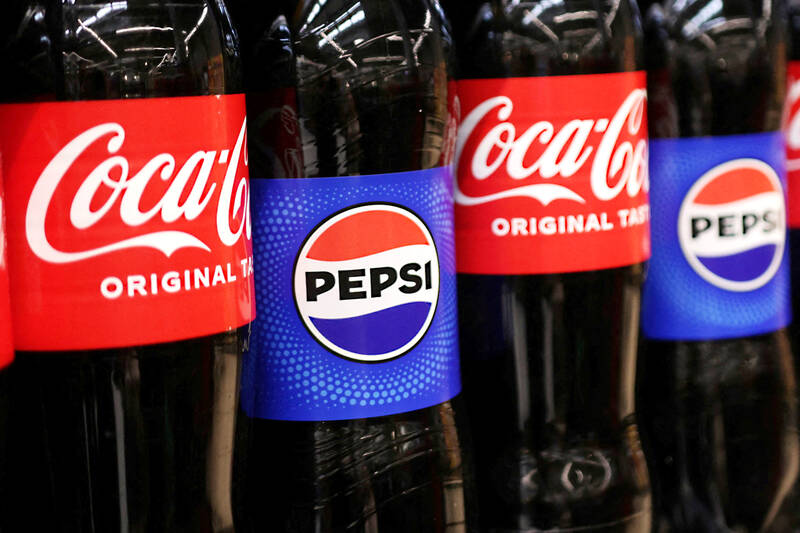
Photo: Reuters
Water is so boring and this isn’t the 66 days drinking water challenge. I want to line my gastrointestinal tract with something fun. Something with a little bit of oomph. I decide a full-blooded, sugar-loaded soft drink, as well as beer and wine, will be OK. I rarely drink that stuff anyway, unless I’ve found myself in a McDonald’s at 2am.
WEEK ONE
I love cracking open a can of Pepsi Max after exercise. I’m not sure if this makes sense, physiologically, but there’s a soul-deep thirst-quenching in that can — I’ve trained my brain to believe it’s better than water.
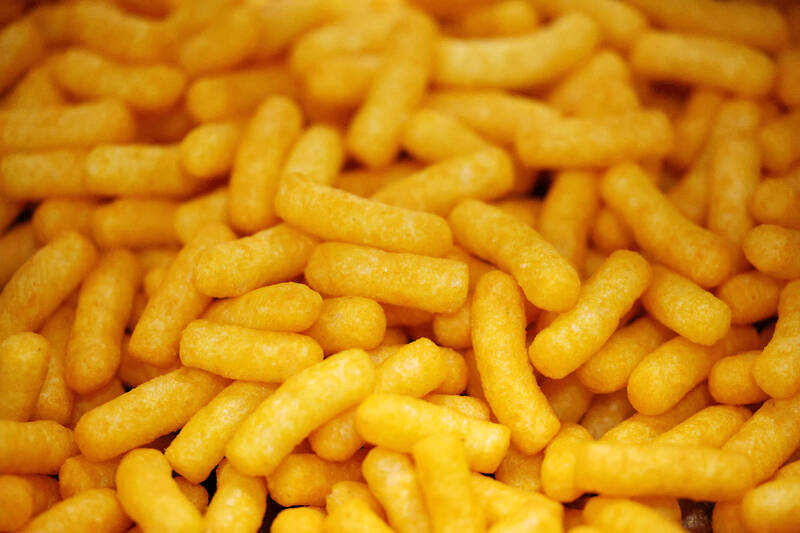
Photo: Reuters
I notice the absence of this the first day of the experiment, after jogging. By day three, I’m craving a can.
Instead, my editor tortures me and asks me to do a photoshoot, sending a photographer to my apartment and getting me to hold, caress and lie with dozens of Pepsi Max cans, as though they’re the love of my life. As though they’re as important to me as Darren Jarman’s five goals in the final quarter of the 1997 AFL grand final. That’ll do. That will do.
At one point we take a photo where an old, empty can is pressed to my lips. Though it has been washed out, I can smell the … whatever gives Pepsi Max its smell. I wince.
WEEK TWO
I’m reminded of the Werner Herzog quote when he is standing in the middle of a jungle and begins to sermonize.
“Nature here is vile and base,” he says. “Of course, there’s a lot of misery.”
That’s what moving through the world without Pepsi Max for the first week felt like.
Week two is about strategizing and adaptation. The biggest change I make is to make sure I’m constantly filling up my water bottle and leaving it in front of me, at my desk. I also start squirting in some lemon juice every now and again. This is what habit researchers like Lally might describe as “substitution.” It helps — but not much.
WEEK THREE
I’m at the 29th biggest mall in the world. It used to have dolphins and flamingos. It looks like a pretty regular mall to me, which means there are, obviously, lots of opportunities to buy a Pepsi No Sugar. I opt for sugary tea with my Dairy Queen order.
The week ends with a drive through the Canadian Rockies. Road trips are typically the best time for two things: investigative podcast series and sugar-free soda, mostly post-mix from whatever fast food restaurant is on the side of the freeway. I indulge in only one of those things (the podcast, I swear!).
I stay in a mountain lodge just outside Jasper, a town cruelled by wildfires, and stop in for a “beaver tail,” a deep-fried flat dough covered in cinnamon and sugar. I think “this would go well with Pepsi Max” and also “this is the most horrible food imaginable, who would eat this?”
WEEK FOUR
I notice I’ve been filling up on coffee in the mornings, sitting in cute cafes and reading or tapping away on my laptop. If I make it to 2pm, it’s acceptable to start drinking booze. Things start getting easier here, almost 30 days in, but I also realize I’m substituting an afternoon Pepsi Max with something probably less healthy.
And I’ve learned that the consumption of Pepsi Max is driven by boredom. I’m constantly at my desk at home and it’s nice to stop and have a few sips out of a can when I can’t think of the right word or phrase to type. Pepsi Max is procrastination.
WEEKS FIVE AND SIX
In the interest of brevity: five and six feel like the easiest yet because I discover two things.
1. Canned sparkling water tickles the same part of my lizard brain that Pepsi Max does. Something about this makes sense but I feel as though I’ve come to the realization too late. This is another substitution but it doesn’t feel like an unhealthy one.
2. I spend some of this time in Texas and they’re mad about barbecue. It feels disrespectful to drink Pepsi Max with barbecue … but a Lone Star or local craft beer? Hello!
WEEK SEVEN
If this is therapy, week seven provides a breakthrough. After speaking to Evangeline Mantzioris, a nutritionist and food scientist at the University of South Australia, my view on Pepsi Max shifts.
And as I’m metaphorically lying on Mantzioris’s food-therapy couch, there’s a recognition that taste is just one element of my Pepsi Max experience. What I have is an inherited affliction. It must have come via Dad, who’d I consider the Michael Jordan of Pepsi Max consumption. And Pepsi Max, as connection, as memory, as nostalgia, must have burrowed into my subconscious somewhere along the way, too.
Pepsi Max, to me, is many things. A reward after exercise. A salve when it’s hot. A way of staving off boredom. It’s about the sound of a can cracking open. These things I connect to. This is what tickles the lizard brain.
FINAL WEEKS
My final two weeks are upended by travel, which does provide a chance to sit in nice cafes once again and tap away at the laptop.
It’s when I’m standing in a Christmas market in the middle of Budapest that I have another breakthrough, of sorts: There’s just a lot of advertising about Pepsi. It’s everywhere. Same with Coke. They’re entrenched in our daily lives. And that’s kind of bizarre, when you think about it for too long.
At the end of this odyssey, I call Lally, the author of the 2009 study on habit formation. Her habit research, and the research of others we discuss, help put everything in perspective.
Habit disruption is different to habit formation, and I can’t make any sweeping conclusions about Lally’s often-cited study. But what does appear true is that both are highly individualized. Everybody is different and our ability to make or break habits is variable.
After a jog on Dec. 1, I take my first sip of Pepsi Max in 66 days. Just the one can, though. And I think “That’ll do. That will do.”

Words of the Year are not just interesting, they are telling. They are language and attitude barometers that measure what a country sees as important. The trending vocabulary around AI last year reveals a stark divergence in what each society notices and responds to the technological shift. For the Anglosphere it’s fatigue. For China it’s ambition. For Taiwan, it’s pragmatic vigilance. In Taiwan’s annual “representative character” vote, “recall” (罷) took the top spot with over 15,000 votes, followed closely by “scam” (詐). While “recall” speaks to the island’s partisan deadlock — a year defined by legislative recall campaigns and a public exhausted

In the 2010s, the Communist Party of China (CCP) began cracking down on Christian churches. Media reports said at the time that various versions of Protestant Christianity were likely the fastest growing religions in the People’s Republic of China (PRC). The crackdown was part of a campaign that in turn was part of a larger movement to bring religion under party control. For the Protestant churches, “the government’s aim has been to force all churches into the state-controlled organization,” according to a 2023 article in Christianity Today. That piece was centered on Wang Yi (王怡), the fiery, charismatic pastor of the
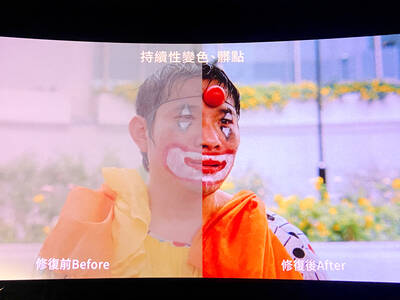
Hsu Pu-liao (許不了) never lived to see the premiere of his most successful film, The Clown and the Swan (小丑與天鵝, 1985). The movie, which starred Hsu, the “Taiwanese Charlie Chaplin,” outgrossed Jackie Chan’s Heart of Dragon (龍的心), earning NT$9.2 million at the local box office. Forty years after its premiere, the film has become the Taiwan Film and Audiovisual Institute’s (TFAI) 100th restoration. “It is the only one of Hsu’s films whose original negative survived,” says director Kevin Chu (朱延平), one of Taiwan’s most commercially successful

The primaries for this year’s nine-in-one local elections in November began early in this election cycle, starting last autumn. The local press has been full of tales of intrigue, betrayal, infighting and drama going back to the summer of 2024. This is not widely covered in the English-language press, and the nine-in-one elections are not well understood. The nine-in-one elections refer to the nine levels of local governments that go to the ballot, from the neighborhood and village borough chief level on up to the city mayor and county commissioner level. The main focus is on the 22 special municipality